Alfa Romeo SZ – ‘Il Mostro’ Under the Microscope
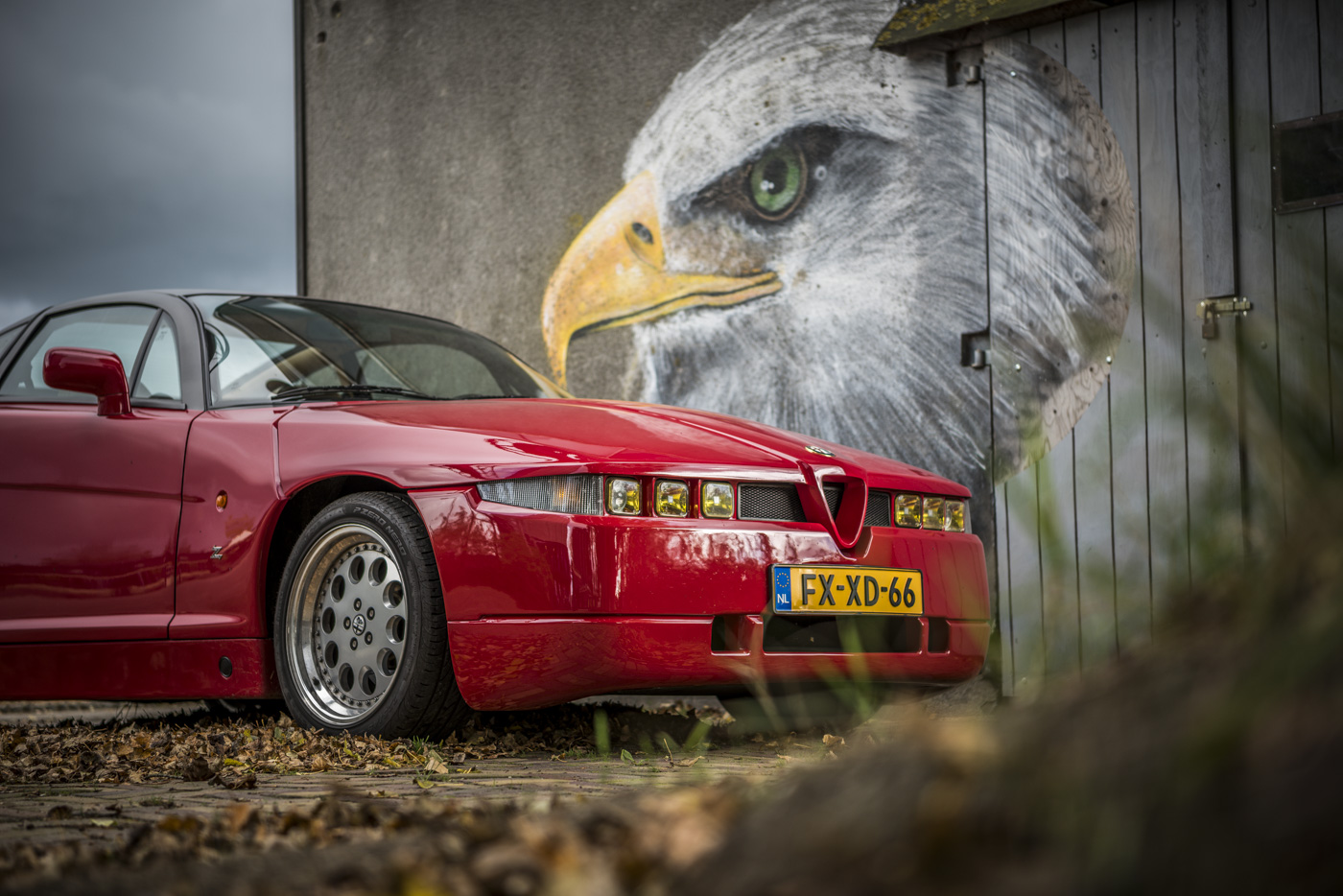
An Alfa Romeo is often praised for its beauty, but when the SZ was unveiled in 1989, it didn’t receive unanimous applause. We take a closer look at the car nicknamed ‘Il Mostro’ - The Monster.
In 1986, the struggling Alfa Romeo was taken over by Fiat, which revitalised the brand with sporty models. A design competition between Fiat, Alfa Romeo Centro Stile, and Zagato resulted in a winning design from Fiat, led by Robert Opron (known for the Renault Fuego and Citroën SM). The exterior and dashboard were largely designed by Antonio Castellana. In March 1989, the prototype, the ES 30 (Experimental Sportscar 3.0), was unveiled at the Geneva Motor Show. Reactions to the radical design were mixed, but positive enough to warrant a limited production run of 1,000 units. Thanks to an advanced CAD/CAM design system, the SZ went from sketch to a drivable model in just 19 months.
Production and Design
The production model was named SZ, supposedly standing for ‘Sprint Zagato’. Although Zagato’s design was initially rejected, the coachbuilder was responsible for production and assembly. Series production began in 1990, and by 1991, 1,036 units had been built, including 38 prototypes. Apart from one black model, all SZs were painted in Rosso Alfa with a dark grey roof. The body consists of glass fibre-reinforced plastic panels bonded to a steel chassis. Interestingly, a fully steel-bodied Alfa 75 is slightly lighter than the ‘lightweight’ SZ. This is because the SZ is based on a shortened Alfa 75 platform, retaining its rear- wheel-drive layout and transaxle construction (where the gearbox, clutch, and differential are integrated with the rear axle).
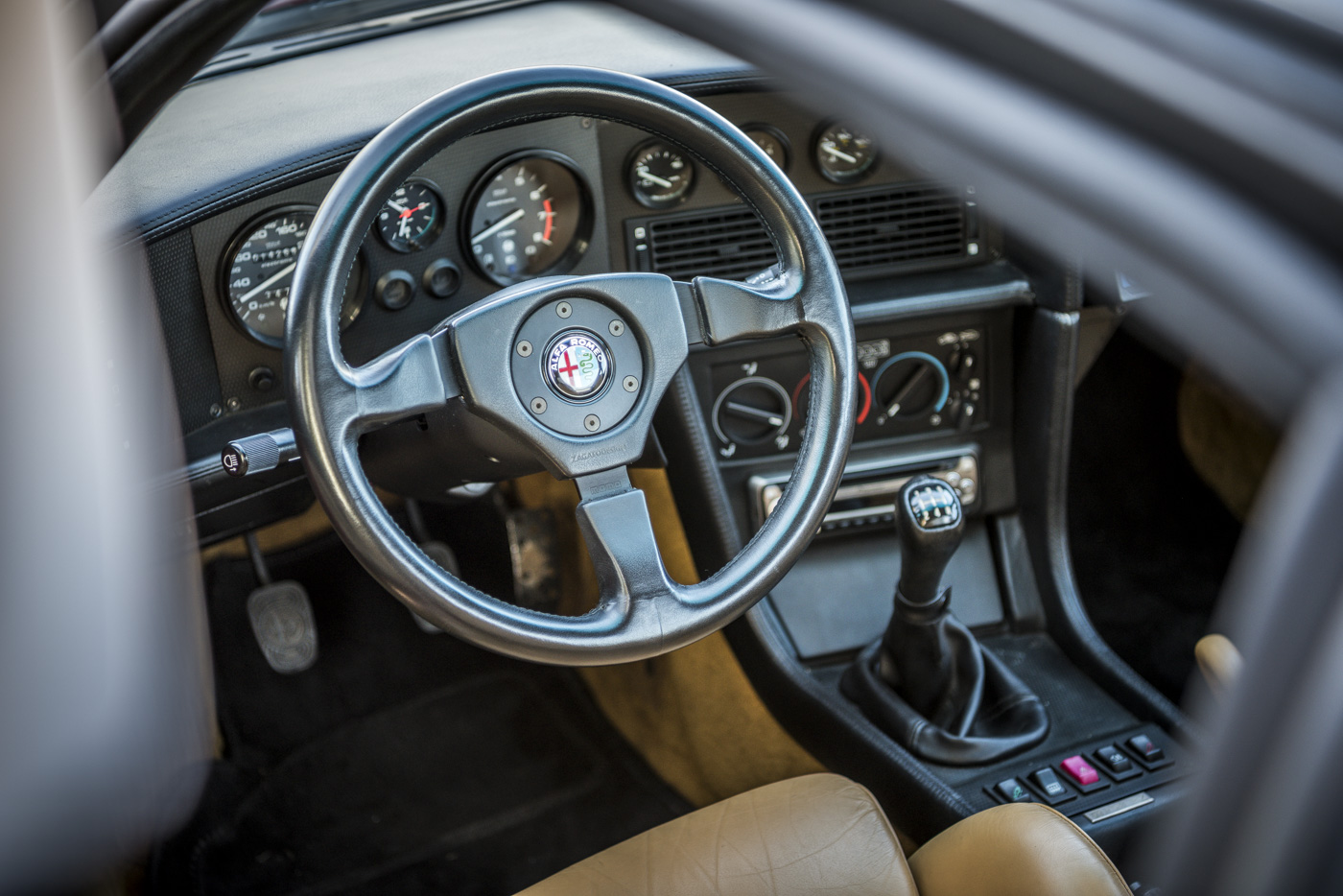
Roadster Zagato
Under the bonnet lies the 3.0-litre, 12-valve V6 from the Alfa 75 America. Thanks to sharper camshafts and adjusted timing and compression, it produces 210 hp at 6,200 rpm (up from 188 hp at 5,800 rpm). The sprint to 100 km/h takes 7 seconds, and the top speed is 245 km/h. The SZ also features a limited-slip differential, an oil cooler, and Uniball bearings from the Alfa Corse racer. The SZ’s chassis was co-developed by Koni. The car can be slightly raised at the push of a button to avoid damage from speed bumps. Its 16-inch wheels (with wider rear tyres) and 50:50 weight distribution provide a balanced driving experience. Boot space is minimal – the luggage compartment only accommodates the spare wheel and a few small items. Any additional baggage must be stored behind the seats.
In 1991, the SZ was succeeded by the Roadster Zagato (RZ), which was available not only in red but also in yellow and black. Although 350 units were planned, only 278 were produced due to economic difficulties. Zagato designed a new bonnet and front bumper for the RZ.
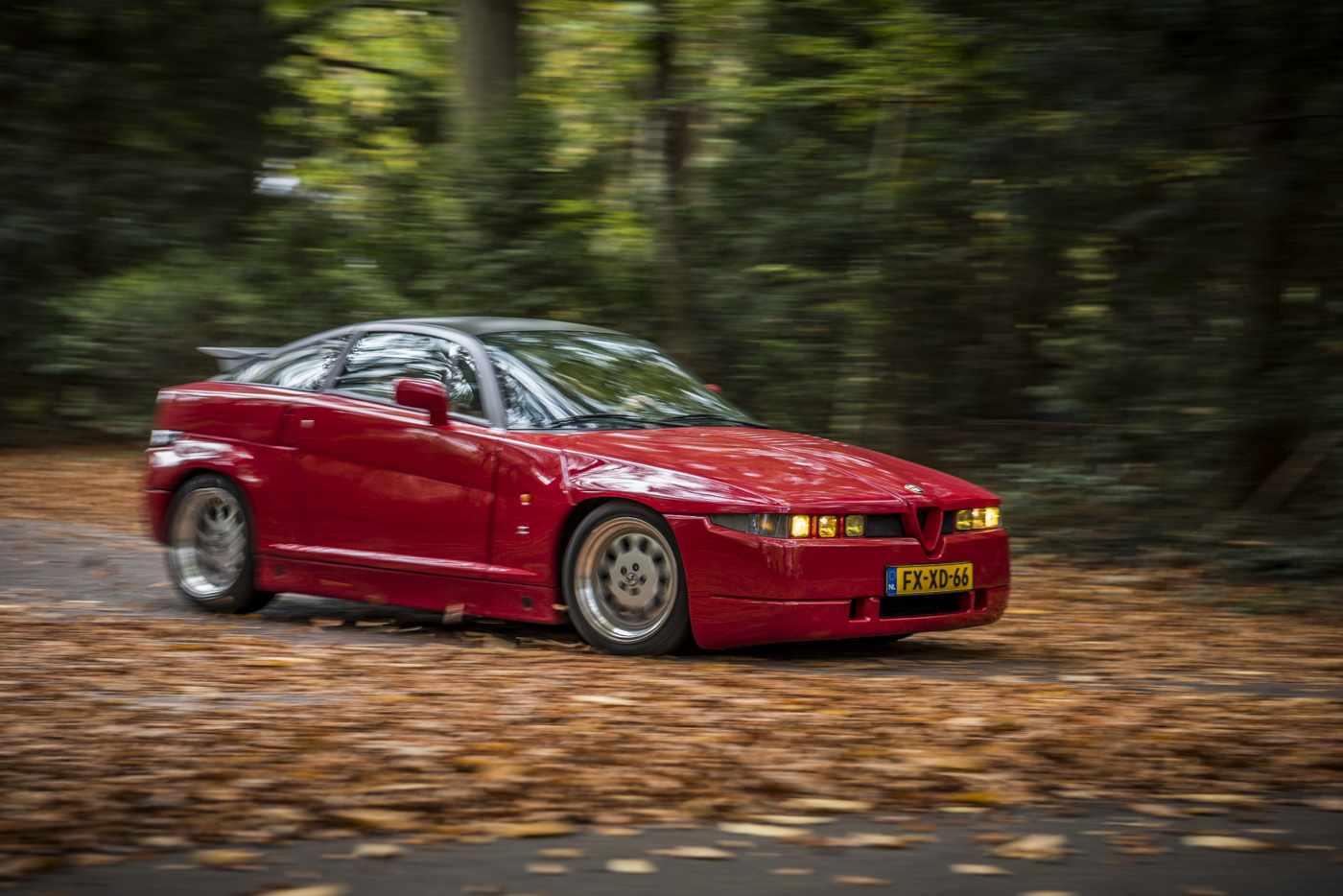
Head-turner
The SZ remains a head-turner. The longer you look, the more distinctive details emerge. The ‘glasshouse’ is almost entirely made of glass, and the sharply curved windscreen extends into the roof. The rear wheel arches are slightly angled forward, suggesting speed. This particular example sits on 17-inch wheels with 255/40 tyres at the rear, specially made in the original design. Because the brake discs are mounted with the differential, you can see the road directly through the wheels. Inside, the beautifully crafted engine cover vents catch the eye. A numbered plaque on the centre console indicates this car is number 531, delivered by Zagato in May 1991. Originally intended for a well-known Dutchman, the sale was cancelled and the car was only registered in late 1992. Current owner Peter Rikken deliberately chose
yellow headlights – a standard feature on French SZs – as they are easier to replace than the original white ones.
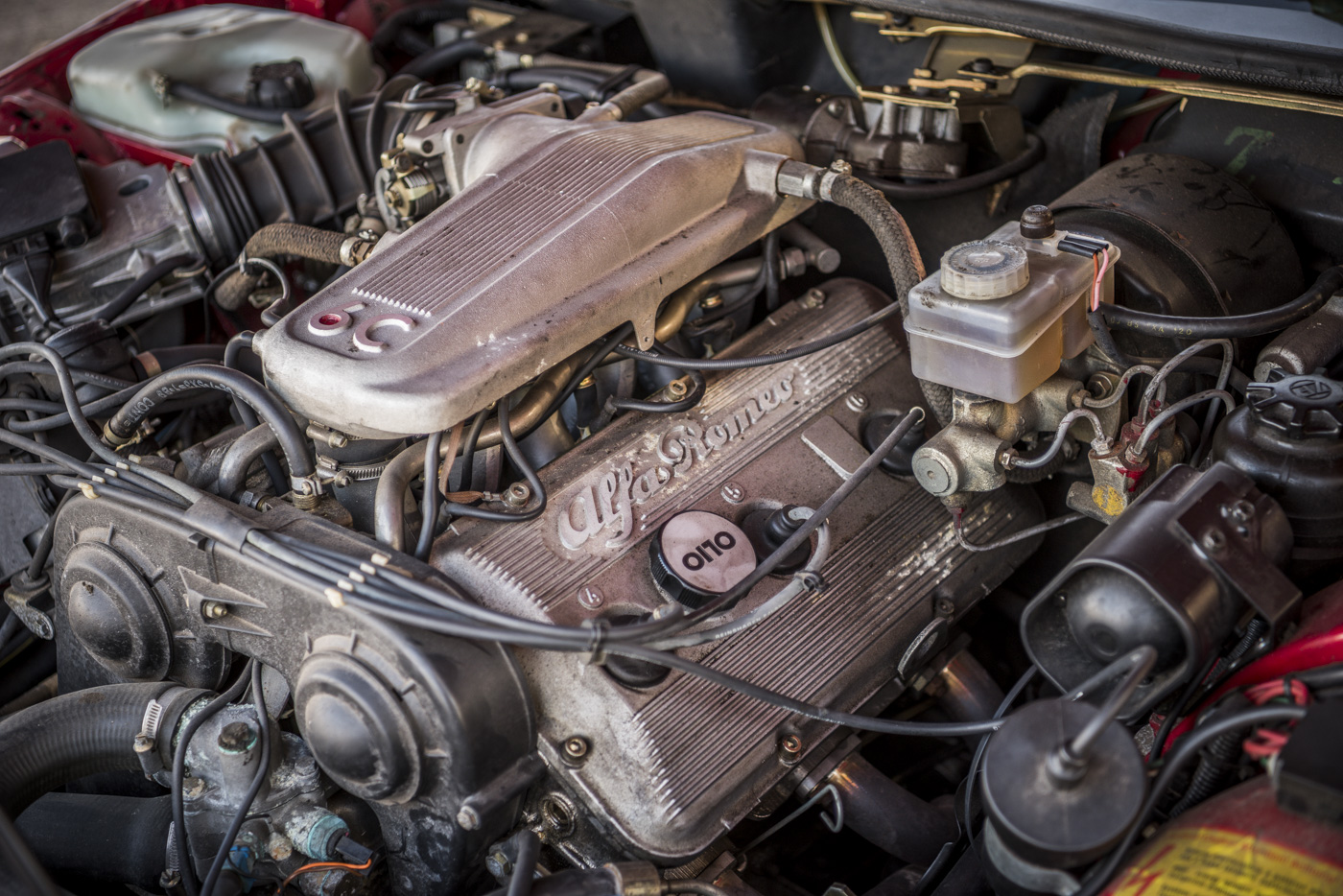
Behind the Wheel
The SZ drives as unpolished as it looks. It is raw and direct without being uncomfortable. The steering is sharp, and the balance is excellent, thanks to its low centre of gravity. The bucket seats, featuring the ‘Zagato design’ logo, provide good support.Rearward visibility through the rearview mirror is dominated by the large rear spoiler. The transaxle layout requires careful shifting – no forcing, just letting the gears slip in smoothly. A bit of throttle blipping helps when driving spiritedly. The V6 responds instantly to the throttle. From 3,000 rpm, its growl turns into an
exhilarating sound, reaching its peak at 6,000 rpm. While its performance isn’t groundbreaking by modern standards, the Busso V6 remains a joy to experience. The bonnet is heavy because it was made thicker for safety reasons. Lifting it to admire the engine requires some muscle.
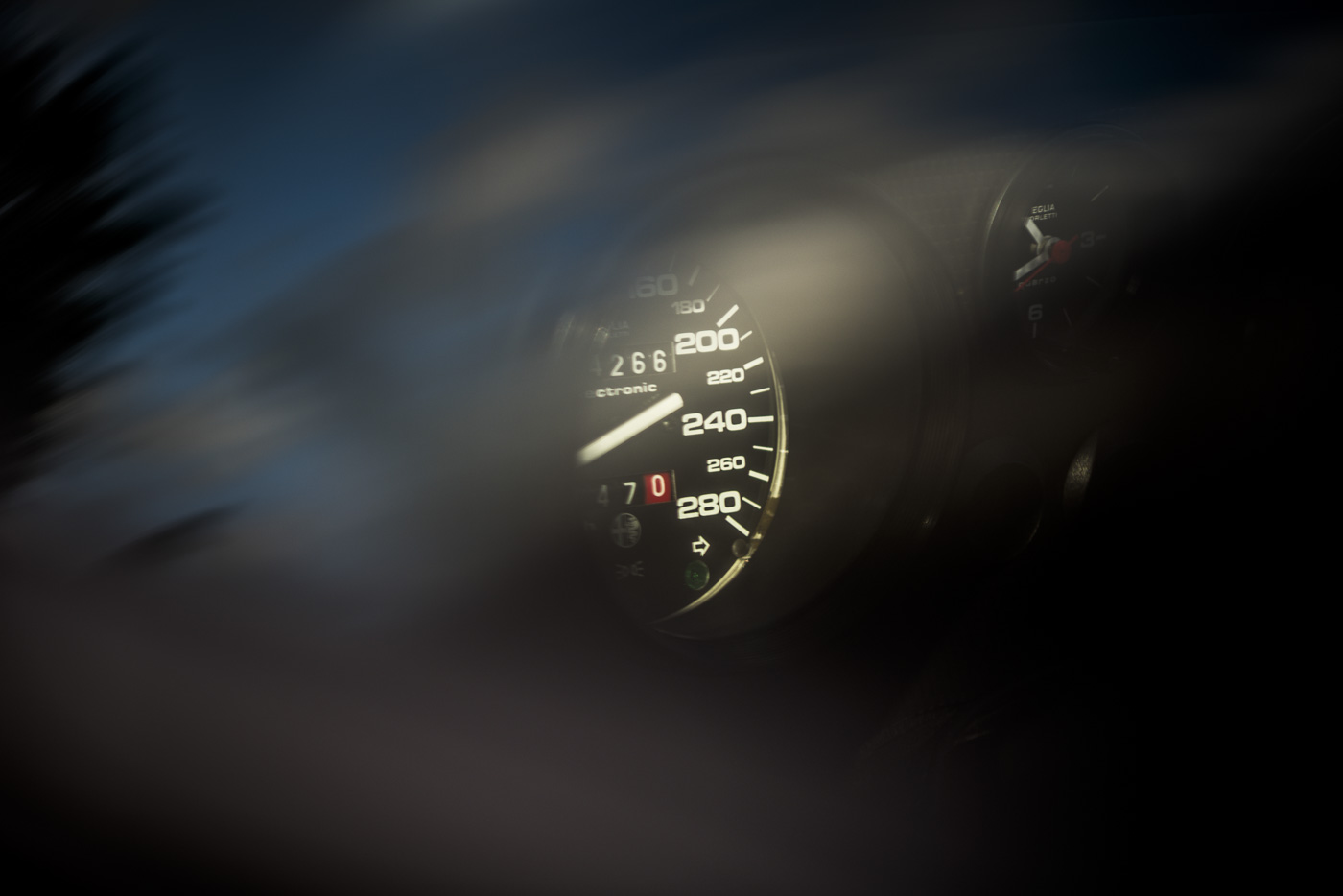
What to Look for When Buying
According to Alfa specialist Jan Nijland (Bella Macchina), there are a few things to watch out for with an SZ. The polyester bodywork can suffer from osmosis, leading to blistering. The second gear is also prone to wear. However, the V6 is robust and, with proper maintenance, can easily last 300,000 km. A fully stamped service book is essential.
Masterstroke
The SZ generated significant publicity and reinforced Alfa Romeo’s reputation for extravagant sports cars. Moreover, it is a unique driving machine, embodying pure Alfa DNA. With its limited production numbers and increasing demand for 1990s exotics, prices are rising. ‘Il Mostro’ ultimately proved to be a masterstroke.
Photography: Maurice Volmeyer / Words: Ruud Thoma
